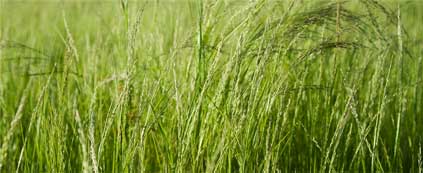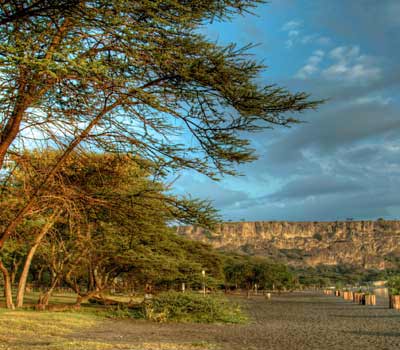Unique among African countries, the ancient Ethiopian monarchy maintained its
freedom from colonial rule with the exception of the 1936-41 Italian occupation
during World War II.
Although largely free from the coups that have plagued other African countries,
Ethiopia's turmoil has been no less devastating. Drought, famine, war and
ill-conceived policies brought millions to the brink of starvation in the 1970s and
1980s. In 1974 this helped topple Haile Selassie. His regime was replaced by a
self-proclaimed Marxist junta led by Mengistu Haile Mariam under which many
thousands of opponents were purged or killed, property was confiscated and
defense spending spiraled. The overthrow of the junta in 1991 saw political and
economic conditions stabilize, but not enough to restore investors' confidence.
Ethiopia is one of Africa's poorest states. Almost two-thirds of its people are
illiterate. The economy revolves around agriculture, which in turn relies on rainfall.
The country is one of Africa's leading coffee producers. Many Ethiopians depend
on food aid from abroad. In 2004 the government began a drive to move more
than two million people away from the arid highlands of the east in an attempt
to provide a lasting solution to food shortages.
FACTS
Full name: Federal Democratic Republic of Ethiopia
Population: 85.2 million (UN, 2008)
Capital: Addis Ababa
Area: 1.13 million sq km (437,794 sq miles)
Major languages: Amharic, Oromo, Tigrinya, Somali
Major religions: Christianity, Islam
Life expectancy: 52 years (men), 54 years (women) (UN)
Monetary unit: 1 Birr = 8 cents
Main exports: Coffee, hides, oilseeds, beeswax, sugarcane


